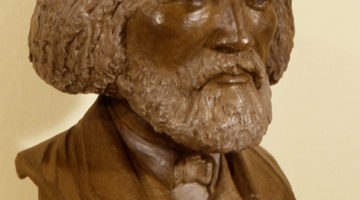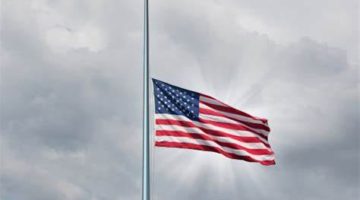 DELRAY BEACH — Not a day passes that we do not learn of yet another company announcing layoffs, or word that the stock market is faltering. Our economy is struggling. It’s a stressful time. But there is one thing I refuse to give up during difficult times: experiencing new adventures.
DELRAY BEACH — Not a day passes that we do not learn of yet another company announcing layoffs, or word that the stock market is faltering. Our economy is struggling. It’s a stressful time. But there is one thing I refuse to give up during difficult times: experiencing new adventures.
We have some hidden gems right here in our own back yard that allow us to create mini-vacations without busting our budgets!
In honor of our country’s historic election of an African-American president, Barack Obama, I decided to check out some local, historical landmarks. Did you know Delray Beach is much more than just hip restaurants, boutiques and swanky beach homes? It’s chalk full of African-American cultural and historical sites!
Just off Interstate 95 and Atlantic Avenue sits the Spady Cultural Heritage Museum. (www.spadymuseum.org). It’s dedicated to preserving and sharing the history and heritage of Florida.
The museum is in the heart of what was known as “Color Town,” the Main Street and city center of all commercial business within the segregated African-American community of the early 1900s.
The quaint structure was built in 1926 by Solomon D. Spady, one of the most prominent educators and community leaders in Delray Beach from 1922 until 1957.
The museum houses touching photos and exhibits outlining the cultural history of Color Town, including the famed LaFrance Hotel. Charles Patrick and his wife, Francenia, opened the hotel in 1949.
It was the only hotel in the area that welcomed African Americans during segregation.
Spady Museum Executive Director Daisy Fulton said her goal is “to educate our community; bring yesterday to today and bring it to life. To be able to prove the value and substance of what we, as a culture, represent.”
I also visited The Palm Beach County History Museum (www.historicalsocietypbc.com) in West Palm Beach. I learned of prominent African Americans, like Millie Gildersleeve, a freed slave who was a community midwife; Warren Hale Collie, one of the community’s first two black dentists; and of the deadly storm of 1928, which claimed the lives of more than 3,000 mostly African-American migrant farm workers. Many are buried in the Storm of ’28 Memorial Park.
After feeding my mind, I did the same for my body with a kayak excursion through John D. MacArthur State Park, (www.macarthurbeach.org) nestled on Singer Island. Along with several friends, I pulled my kayak into the shallow water, and enjoyed the day.
The park offers kayak rentals and ranger-guided tours for visitors, allowing you to paddle along the mangrove-lined estuary of Munyon Island. We were only a few miles from major development and freeways, yet we were on the water, surrounded by peace and calm. The weekend was exactly what the doctor ordered to fight the economic blues!
Julia Yarbough, a news anchor at NBC 6, writes periodically on her outdoor and other adventures.
Julia.Yarbough@nbcuni.com












No Comment